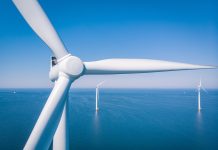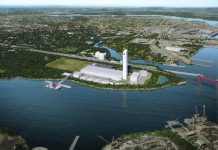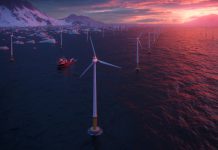With all the moving parts — including policy, infrastructure, supply chains, even the very turbines themselves — being juggled during the creation of a wind farm, it becomes vital that someone must ensure all those constantly changing assets are managed properly and efficiently.
Managing these projects to completion can take years, and the experts behind Gateway Zero have made it their duty to assist these monumental projects in reaching their directive — to produce clean, renewable energy.
“We are really focused in developing, investing, and unlocking the port infrastructure required for the energy transition more holistically,” said João Metelo, founder and CEO of Gateway Zero. “Wind energy — both onshore and offshore — plays quite a large role in that.”
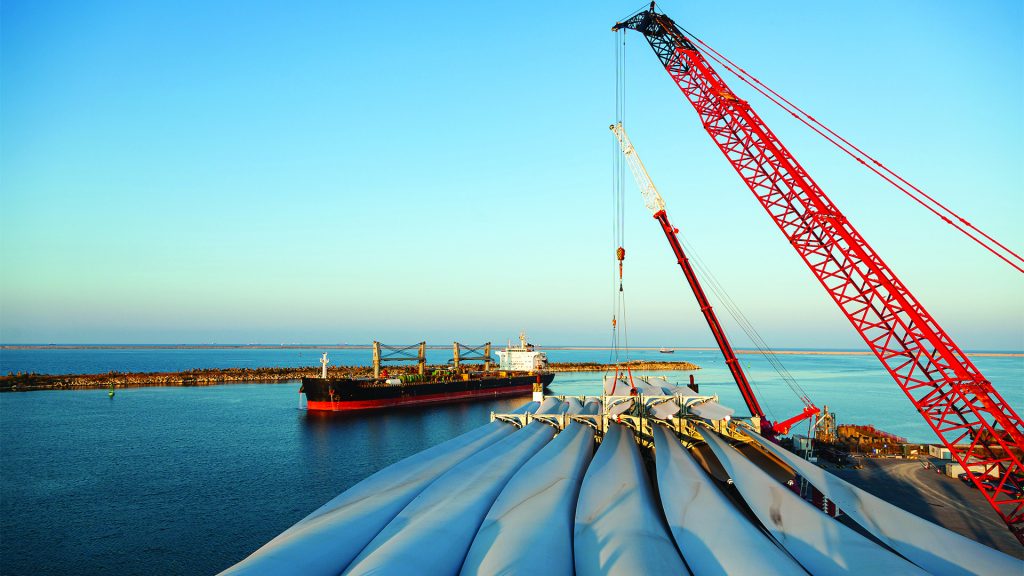
Managing the Supply Chain
Part of that surrounds supply chain development, which entails investing in new elements of demand that will exist for the wind-energy port infrastructure. This could involve storing, importing, and exporting components for onshore wind, as well as supply chain development for the construction, operation, and maintenance of offshore wind, according to Metelo.
“Wind energy — given how large the components and the infrastructure required — does indeed take a major chunk of those needs,” he said.
All that involves the supply side, but there is also much work to be done with the demand side as well, according to Metelo. And this involves new markets that wind energy will serve.
“Historically they’ve been onshore power demand, but where we are going to go next is going to be creating molecules, liquids, and H2 in all its derivatives,” he said. “It will be new parts of the transportation, whether that’s air, whether that’s maritime, whether that’s on the ground with heavy duty, that’s still a major part to be developed. All those parts really link back to the major transportation areas, and certainly port infrastructure is at the nexus of all those. That’s a little bit of how I see wind very much in the middle of what we intend to invest in.”
Gateway Zero will be a developer and investor in this asset class, according to Metelo.
“We will be working with port operators, port landlords, and energy developers to really focus on developing this infrastructure with all that is required for a future energy transition,” he said. “That can be anywhere from developing a port for onshore wind import and export to offshore wind supply construction and operation and maintenance. But that can also be full decarbonization of the infrastructure associated with ports and serving with new clean-energy sources and liquids, things like maritime fuels and transporting those new clean fuels across the world. We really think about these asset classes holistically and operating as a partner and developer to existing operators and investors and to really develop business plans that can be financed and where we can add in private capital to develop the asset class even further.”
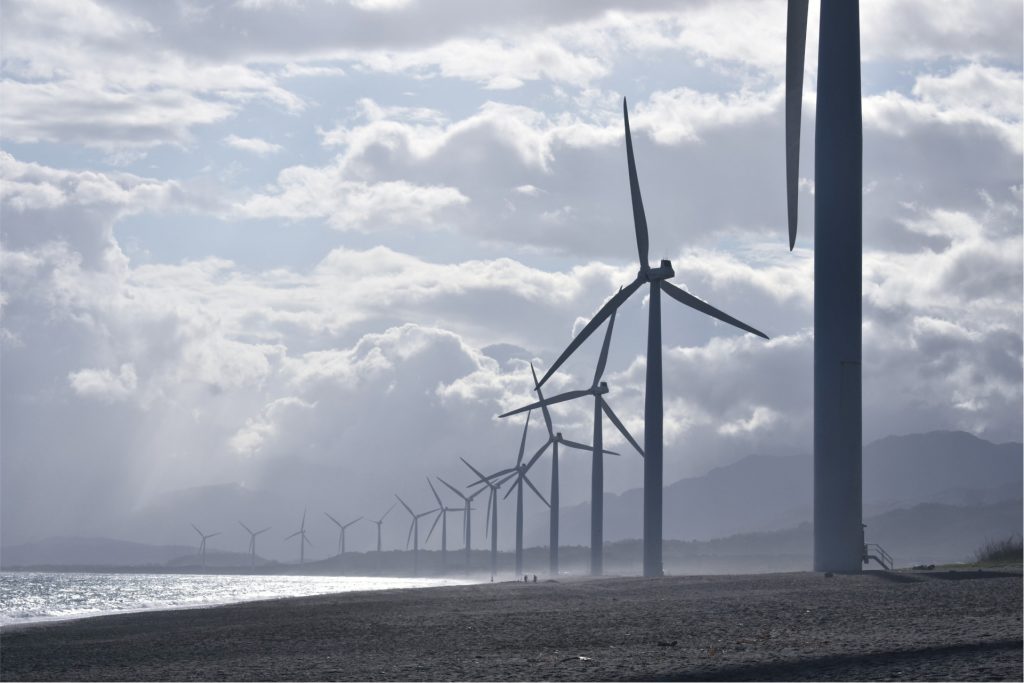
Developing a Plan
To get to that point first involves a lot of meetings, according to Metelo.
“It involves really sitting down, in many cases, with the local cities, the local port owners and operators, and really identifying what the gaps are of each asset, and they can vary quite a bit,” he said. “Some assets are largely dedicated to offshore renewables. Some assets are completely focused just on maritime transport and re-identifying what the energy transition needs are of these asset owners. They come in and develop business plans together with them that can be financeable and where we can crowd in private capital to invest in those. It’s also working with existing and future tenants of those assets, because obviously tenants are a very important part of what a port does — both onshore tenants and offshore users — and really sitting down and trying to understand their needs and prepare the infrastructure for the future needs of those tenants.”
This will involve a team from Gateway Zero bringing together competencies from renewable energy, including ports and engineering challenges to try and address the needs of not only existing and future tenants and users, but also existing port asset owners in order to develop financeable business plans, according to Metelo.
“They can be quite different depending on what specific projects we’ll need to develop in each asset and in each location,” he said. “Because the needs and the demand will be looking for different things in each asset.”
The Goal: Energy Transition
All those come together for the benefit of energy transition, and that is the essence of what Gateway Zero does, according to Metelo.
“That means anything related to wind energy, clean fuels, hydrogen, clean maritime fuels, and even decarbonization of the activities at those assets themselves,” he said. “These are large assets, and you need major decarbonization happening, whether that’s power shoring for vessels or EV charging for trucks — really decarbonizing large areas that often times are the large high pollution areas. That will play a role in development. It really is an opportunity to build new business plans around those infrastructures that will require major transformation.”
That means Gateway Zero sees itself as an investor that is working to unlock the next 20 or 30 years of large volume deployment that will be required, according to Metelo.
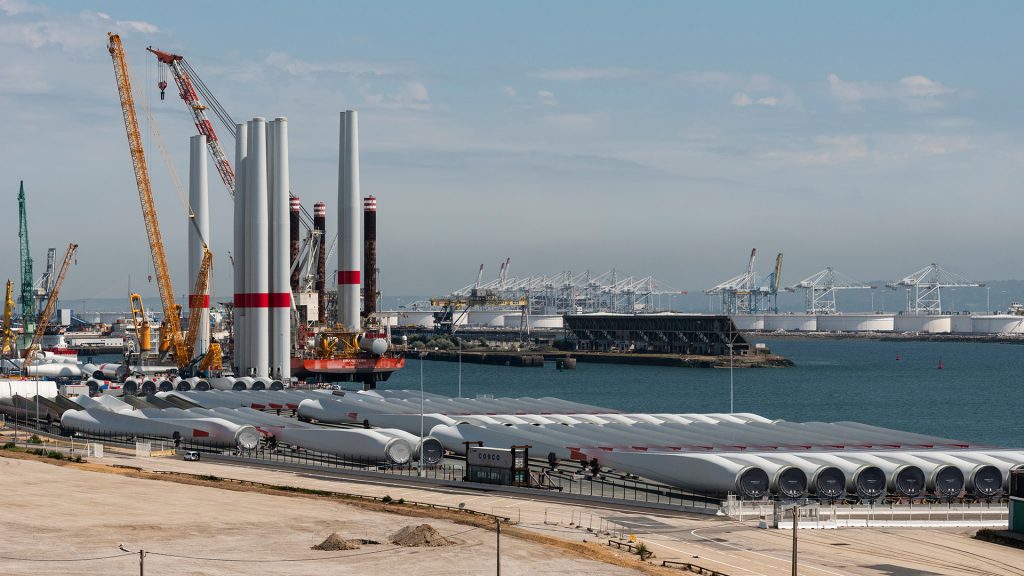
“The last two or three decades of growth in renewables dealt with existing onshore demand,” he said. “Now, we’re moving to a place where there are different sides of demand; there are different places of demand. In many parts of the world, there are different places where wind is being produced, namely offshore.”
And with that offshore development, Gateway Zero will be involved in developing the coastal infrastructure assets needed to connect the dots, according to Metelo. That could be anything from accelerating deployment on the supply side, allowing import and export, or allowing offshore renewables to come to shore and be deployed.
“But that can also be on the demand side, allowing for molecules to be exported or imported, allowing for these new markets such as maritime fuels to be served,” he said. “It’s really a connector and an ‘un-locker’ of this infrastructure that will allow these new hubs of energy to be developed. We believe that these are very critical infrastructure. This asset class will really serve as the gateway of energy of the future. The whole point is for these assets to allow us to get to the 2050 net-zero goals. It’s really to serve the next 20, 30 years of large volumes of clean energy across the world.”
Meticulous Planning is Key
But getting to that point will require a lot of planning while working with existing asset and port owners and cities that may already have a plan, according to Metelo.
“What they need is to develop a business to bring in investors and develop a business plan,” he said. “In those cases, we’ll try to develop with them, together with the demand side and potential tenants, a business plan that can be financeable, and then crowd-in private capital to support those. In other cases, it can be really sitting down with them and identifying all the opportunities of development in these assets.”
Metelo brings up an example of everyone wanting a hydrogen electrolyzer, which can be used to create hydrogen using renewable energy as a power source.
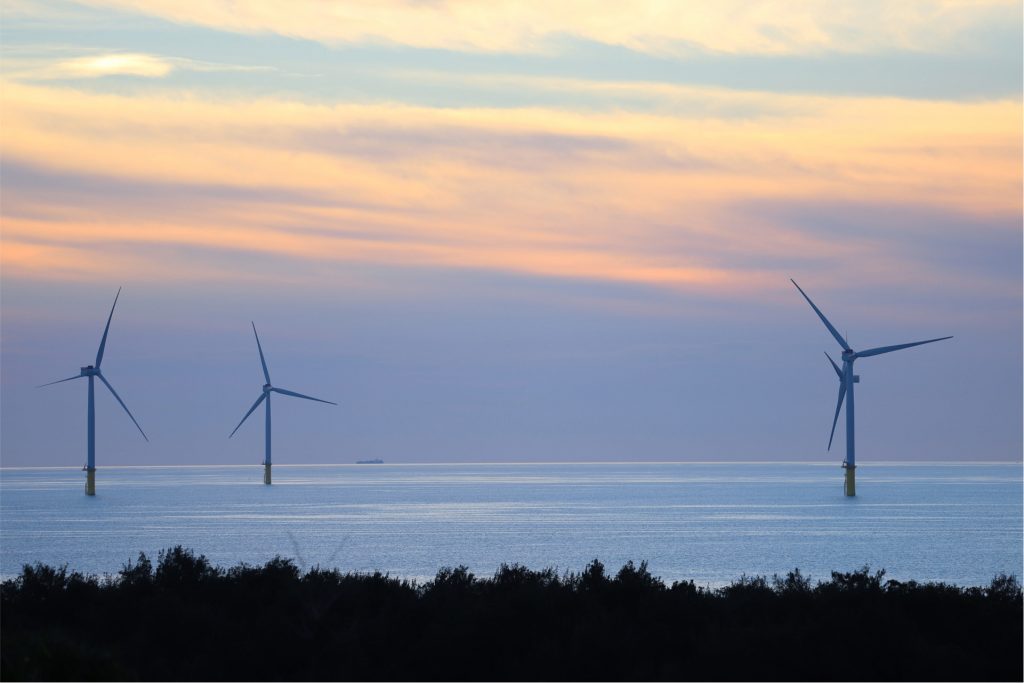
“However, that may not be the need; that may not be what fits that market,” he said.
“It’s really sitting down with existing cities and authorities and understanding what the needs are of the market and how we can develop a local strategy and a business plan that can be financed by private capital. It can vary quite a bit, but the common theme is that we definitely always sit down with port asset owners and port operators that are already active in the business.”
Meeting the Needs
Massive projects like the ones implemented for wind energy take time to develop and turn into reality, so constant planning and vigilance are a necessity from start to finish, according to Metelo.
“The reality is for most energy projects, when they need a port, it’s already too late,” he said. “It’s already when they need an infrastructure like this. I really see over the next 10 years, 15 years, is a largely interconnected global industry where the word ‘renewables’ will probably disappear. Renewables equals energy. Energy equals renewables.”
And just as the oil and gas sector has done for the last 150 years, Metelo said renewables is moving toward that worldwide interconnectedness, whether that means by transmission, electrons, or liquid forms over land, sea, or air. These interconnecting points will link supply and demand and push for a deployment that will move, store, and process energy.
“We’re going to be developing new energies that will be coming from different places and going to different places,” he said. “That’s where I believe a major re-imagining of these infrastructures will be required. We expect Gateway Zero to be right in the middle of that interconnected world and where we’ll hopefully be a leading investor and asset owner in this space where we can really develop these energy gateways of the future on a global scale.”
More info www.gatewayzero.com
















